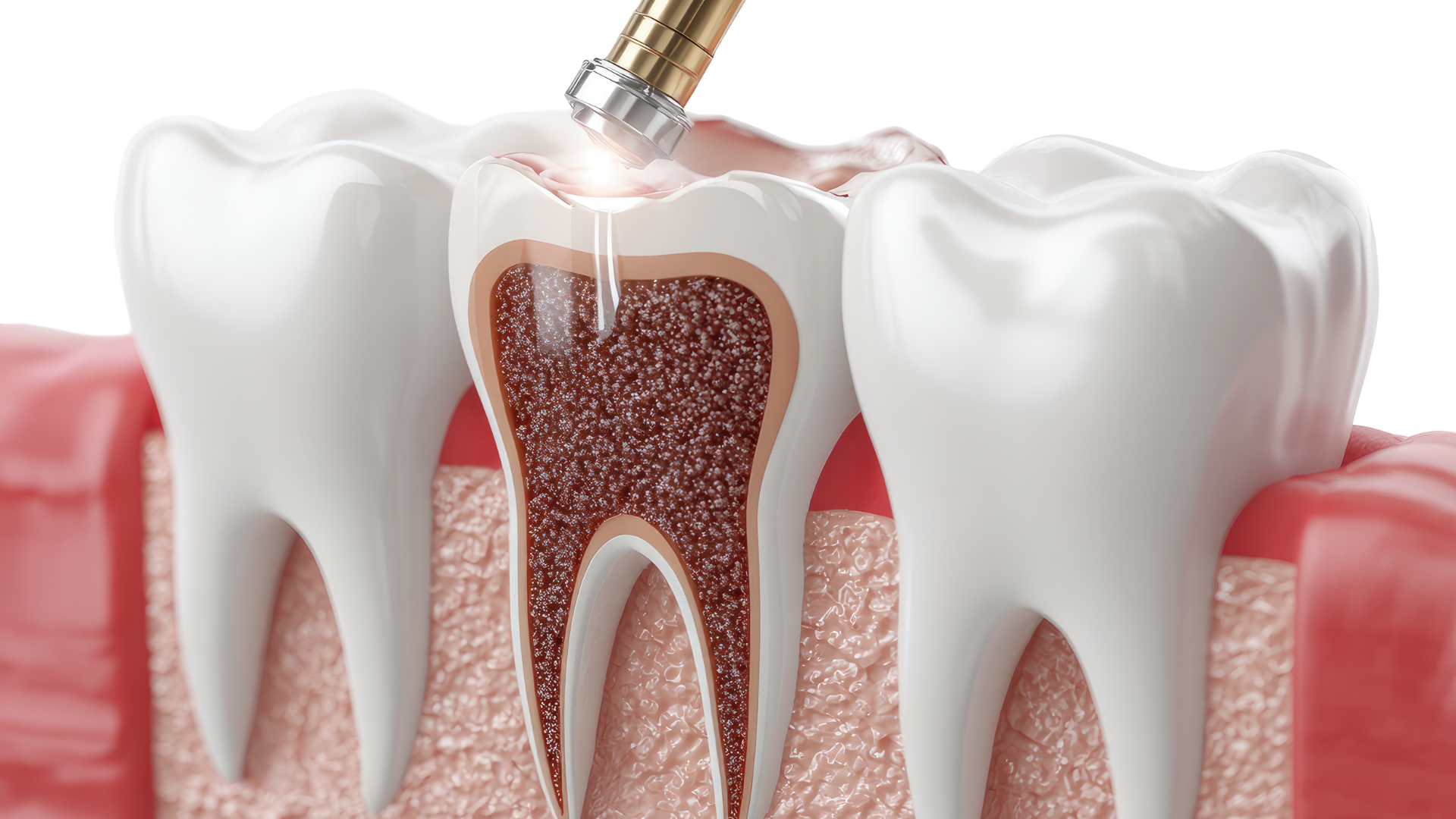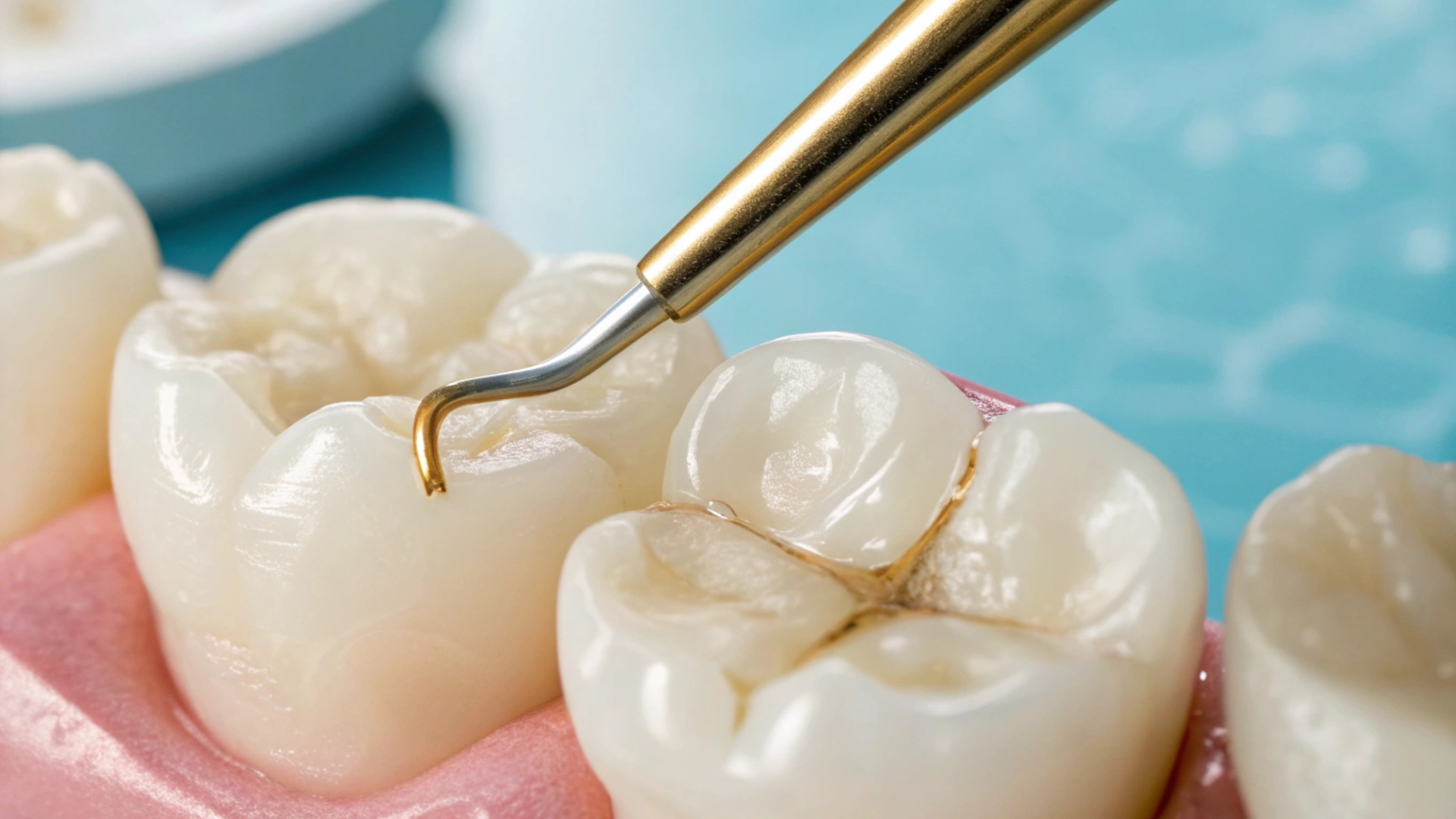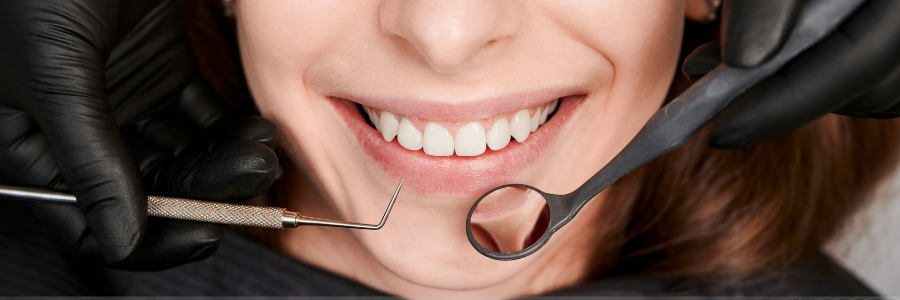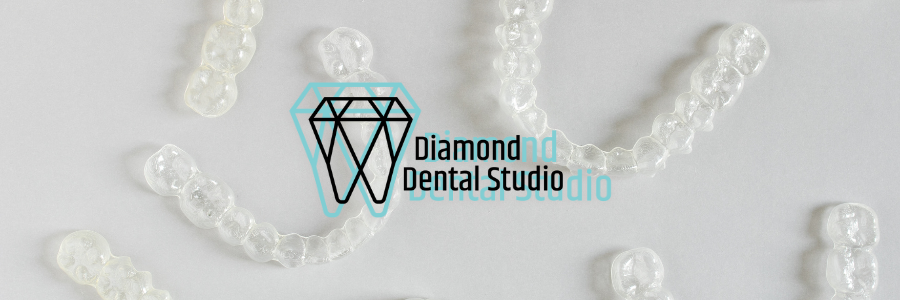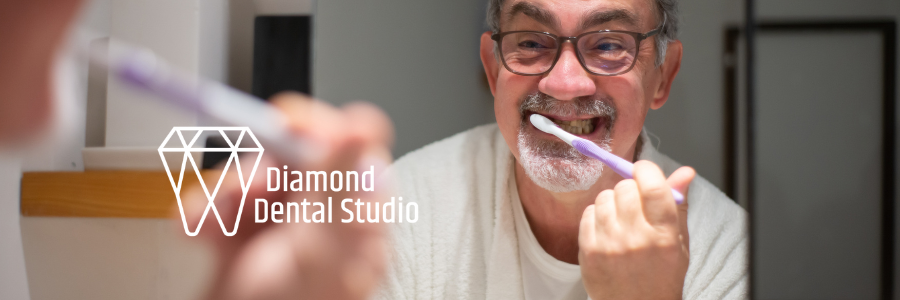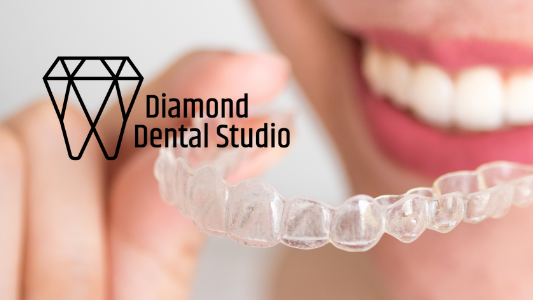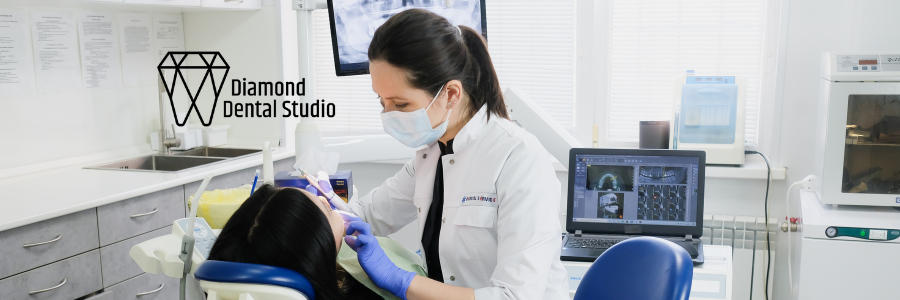When Should You Stop Using Gauze After a Tooth Extraction? Essential Tips for a Smooth Recovery

Understanding the Role of Gauze in Tooth Extraction Recovery
Why Gauze is Used After Tooth Extraction
Gauze is a key tool used right after tooth extraction. It helps control bleeding and protects the wound. By applying pressure, gauze stops the flow of blood, which is important for forming a blood clot, the first healing step.How Gauze Helps in Blood Clot Formation
The main job of gauze is to help form a blood clot. When you bite down on the gauze, it puts pressure on the wound, allowing the blood to clot faster. A stable blood clot is crucial because it covers the wound and protects it from germs and food particles.Why Is Gauze Helpful?
Gauze plays an important role in the initial stages of recovery:- Controls bleeding
– Applying gentle pressure with gauze helps stop excessive bleeding.
- Encourages clot formation
– A blood clot is essential for proper healing and protecting the extraction site.
- Protects the wound
– Gauze helps keep food and bacteria away from the area in the first few hours.
When to Stop Using Gauze After Wisdom Tooth Extraction?
After your tooth extraction, your dentist will place a gauze pad over the extraction site. You should bite down gently but firmly for 30–45 minutes to help the clot form. If bleeding continues, replace the gauze with a clean one and keep applying pressure.
Some bleeding is normal, but it should gradually slow within a few hours. If heavy bleeding persists, contact your dentist for guidance.²
Initial Steps to Take Right After Tooth Extraction
Biting Down on the Gauze
After your tooth extraction, you should first bite down on the gauze pad placed by your dentist. This helps to apply pressure and stop the bleeding. Keep the gauze in place for at least 30 to 45 minutes.
Monitoring the Bleeding
It's important to monitor the bleeding. Some bleeding is normal, but it should gradually slow down. If the bleeding continues heavily after an hour, you may need to replace the gauze.
Replacing the Gauze as Needed
If the gauze becomes soaked with blood, replace it with a fresh piece. Dampen the new gauze slightly before placing it over the extraction site. This helps to avoid disturbing the blood clot that is forming.Remember, keeping the gauze in place and monitoring the bleeding are crucial steps for a smooth recovery. If you have any concerns, don't hesitate to contact your dentist.
Signs That Indicate It's Time to Remove the Gauze
Reduced Bleeding
One of the first signs that you can remove the gauze is when the bleeding has significantly slowed down. If the gauze is only slightly stained with blood, the bleeding is under control.
Formation of a Stable Blood Clot
A stable blood clot at the extraction site is crucial for healing. When you notice that a clot has formed and is staying in place, removing the gauze is usually safe. This clot helps protect the wound and promotes recovery.
Absence of Pain or Discomfort
If you no longer feel pain or discomfort at the extraction site, it may be time to remove the gauze. Persistent pain or discomfort could mean that the area hasn't healed enough.Always follow your dentist's advice on when to remove the gauze to ensure a smooth recovery.
When Should I Keep Gauze on After Tooth Extraction?
While many patients can remove gauze within a few hours, there are times when it should stay in place longer:
- If bleeding hasn’t slowed down within the first couple of hours
- If you’re on blood-thinning medication
- If the extraction was complicated or surgical (such as impacted wisdom teeth)
In these cases, your dentist may recommend keeping gauze on longer or giving you additional instructions for managing bleeding.
Consulting Your Dentist for Personalized Advice
Always consult your dentist for advice tailored to your situation. They can provide specific guidelines based on your health and the complexity of the extraction.
Following your dentist's instructions is crucial to ensure a smooth recovery and avoid complications.
What to Do If Bleeding Persists
When to Replace the Gauze
If bleeding continues, it's important to replace the gauze. Make sure your hands are clean before handling new gauze pads. Remove the old gauze and place a fresh one over the extraction site. Bite down firmly to apply pressure, which helps in forming a clot.
Using Additional Gauze Pads
Sometimes, more than one gauze pad is needed. In such cases, you can use additional gauze pads. Fold them into a small square and place them over the bleeding area. Bite down firmly to ensure they stay in place and help stop the bleeding.
When to Seek Professional Help
If bleeding doesn't stop after several hours, it's time to seek professional help. Contact your dentist or oral surgeon for advice. Persistent bleeding could be a sign of a complication that needs medical attention.
It's crucial to monitor the bleeding closely. Don't hesitate to contact your healthcare provider if you notice any unusual symptoms.
Post-Gauze Care
Once you no longer need gauze, aftercare becomes especially important:
- Avoid rinsing vigorously for the first 24 hours to protect the blood clot.
- Stick to soft foods like yogurt, smoothies, and soup.
- Don’t use a straw —the suction can dislodge the clot, leading to painful dry socket.
- Keep your head elevated when resting to minimize bleeding and swelling.
If you notice heavy bleeding beyond the first few hours, contact your dentist for guidance.
Tips for Ensuring a Smooth Recovery
Maintaining Oral Hygiene
Keeping your mouth clean is crucial after a tooth extraction. Brush your teeth gently and avoid the extraction site to prevent irritation. Rinse your mouth with a saltwater solution to help keep the area clean and reduce the risk of infection.
Avoiding Certain Foods and Drinks
Avoid hard, crunchy, or spicy foods that irritate the extraction site. Stick to soft foods like yogurt, mashed potatoes, and smoothies. Avoid drinking through a straw, as the suction can dislodge the blood clot.
Managing Pain and Swelling
To manage pain, take over-the-counter pain relievers as recommended by your dentist. Apply ice packs to your cheek for 15-20 minutes to reduce swelling. Rest and avoid strenuous activities to help your body heal faster.Following these tips can make your recovery smoother and help you return to your normal routine more quickly.
Potential Complications and How to Avoid Them
Dry Socket
Dry socket is painful if the blood clot at the extraction site is dislodged or dissolves too early. To avoid this, follow these tips:
- Avoid drinking through straws, as the suction can dislodge the clot.
- Refrain from smoking or using tobacco products.
- Stick to soft foods and avoid chewing near the extraction site.
If you suspect you have a dry socket, contact your dentist immediately for treatment.
Infection
Infections can develop if bacteria enter the extraction site. To prevent this:
- Keep the area clean by gently rinsing with salt water.
- Avoid poking the site with your tongue or fingers.
- Take any prescribed antibiotics as directed by your dentist.
Note: If you notice increased swelling, redness, or a foul taste in your mouth, seek dental care promptly.
Excessive Bleeding
While some bleeding is normal after a tooth extraction, excessive bleeding can indicate a problem. To manage bleeding:
- Bite down on a clean gauze pad for 30-45 minutes.
- Keep your head elevated and avoid strenuous activities.
- If bleeding persists, use a damp tea bag as the tannic acid can help form a clot.
If bleeding continues despite these measures, contact your dentist for further advice.
Alternative Methods to Control Bleeding
Using Tea Bags
Tea bags are one effective way to control bleeding after a tooth extraction. Tea contains tannic acid, which can help blood vessels contract and form a clot. To use this method:
- Moisten a tea bag with warm water.
- Place it on the extraction site.
- Bite down gently for about 20-30 minutes.
Applying Ice Packs
Ice packs can also help reduce bleeding and swelling. The cold temperature causes blood vessels to constrict, which can slow down bleeding. Here's how to use ice packs effectively:
- Wrap an ice pack in a thin cloth.
- Apply it to the outside of your cheek near the extraction site.
- Keep it on for 15-20 minutes, then take a break for the same time.
Over-the-Counter Solutions
Over-the-counter solutions are available to help control bleeding. Hemostatic gauze or pads are designed to promote clotting and can be placed directly on the extraction site. Always follow the instructions on the packaging for the best results.If bleeding continues despite these methods, it is important to contact your dentist for further advice. Persistent bleeding could be a sign of a complication that needs professional attention.
When to Resume Normal Activities
Physical Activities
Avoid strenuous activities, exercise, or heavy lifting for at least 24–48 hours. Stick to soft foods like yogurt, mashed potatoes, and soups, and brush carefully while avoiding the extraction site.
Dietary Habits
Your diet plays a crucial role in your recovery. For the first few days, stick to soft foods like yogurt, mashed potatoes, and smoothies. Avoid hot, spicy, or crunchy foods that could irritate the extraction site. Gradually reintroduce solid foods as you feel more comfortable.
Oral Hygiene Routine
Maintaining good oral hygiene is essential, but you must be gentle around the extraction site. Brush your teeth carefully, avoiding the area where the tooth was removed. You can rinse your mouth with salt water to keep it clean and help heal. Taking these steps can make your recovery smoother and help you get back to your normal routine faster. If you have any concerns, don't hesitate to ask your General Services provider for advice.
The Role of Follow-Up Appointments
Importance of Dental Check-Ups
Follow-up appointments are crucial for ensuring your recovery is on track. Your dentist will check the extraction site to ensure it's healing correctly without signs of infection or other issues.
What to Expect During Follow-Up Visits
During these visits, your dentist will:
- Examine the extraction site
- Remove any remaining stitches, if necessary
- Address any concerns or questions you may have
Questions to Ask Your Dentist
It's important to ask questions during your follow-up appointments. Some questions you might consider include:
- Is the extraction site healing as expected?
- Are there any signs of infection?
- When can I resume normal activities?
Regular follow-up appointments help catch potential problems early, ensuring a smoother recovery.
Conclusion
Knowing when to stop using gauze after a tooth extraction helps ensure a smooth recovery. Replace gauze as needed during the first few hours, and remove it once bleeding stops. Follow your dentist’s aftercare instructions, get plenty of rest, and avoid habits that could dislodge the blood clot.
If bleeding, pain, or swelling continues, reach out to your dental provider. Proper care helps you heal faster and avoid complications like infection or dry socket.
For compassionate, expert dental care in San Diego, contact
Diamond Dental Studio. Our experienced team is here to ensure your extraction and recovery are as comfortable and stress-free as possible. Schedule your visit today!

